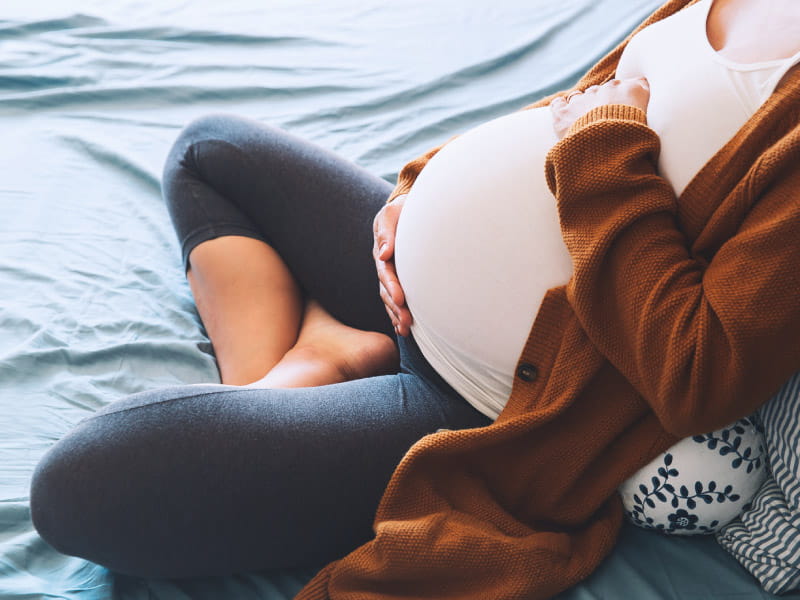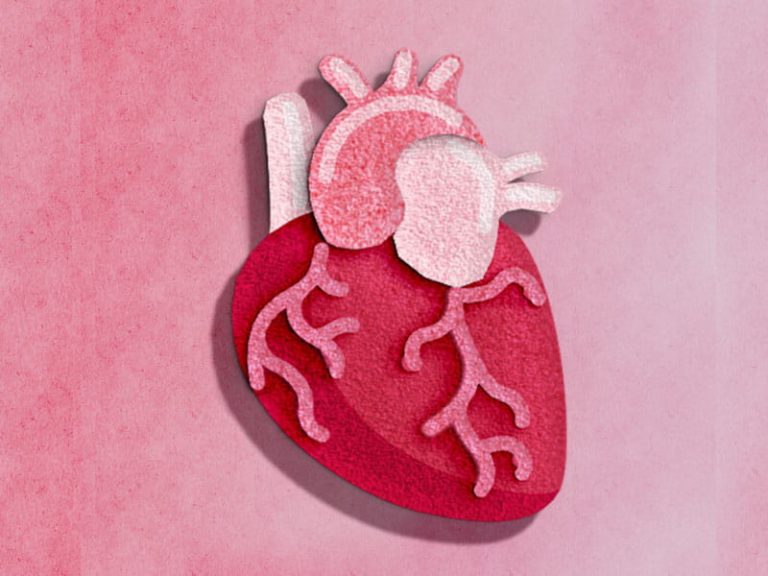Can fertility drugs cause heart problems?
“It is not essentially that reproductive applied sciences are inflicting the cardiac problems,” stated Dr. Erin Michos, senior creator of the examine, which was offered Monday on the American Coronary heart Affiliation’s Scientific Periods convention and printed within the American Journal of Cardiology.
“It might be that girls with infertility are at higher threat for cardiovascular problems because of age and different well being issues, and so they simply want a bit bit nearer consideration throughout being pregnant, supply and postpartum,” stated Michos, director of ladies’s cardiovascular well being at Johns Hopkins Ciccarone Middle for the Prevention of Cardiovascular Illness in Baltimore.
The findings underscore the significance of controlling cardiovascular threat components previous to using reproductive applied sciences, stated lead examine creator Dr. Salman Zahid, a resident doctor at Rochester Normal Hospital in New York. “It is a high-risk inhabitants already,” he stated.
Assisted reproductive expertise – or ART – refers to a class of infertility therapies by which the eggs or embryos are manipulated to enhance a lady’s possibilities of changing into pregnant. This may embrace in vitro fertilization with recent or frozen embryos, injecting sperm instantly into the egg to fertilize it or testing embryos for irregular chromosomes earlier than transferring them to the uterus.
Use of ART, although nonetheless uncommon, has been rising in reputation worldwide. In keeping with the Facilities for Illness Management and Prevention, ART use has doubled over the previous decade within the U.S., now accounting for two% of all births every year.
Earlier analysis discovered ART will increase the chance for being pregnant problems, similar to placental separation, caesarean supply and preterm births, however little was identified about its results on maternal heart problems.
Within the new examine, researchers analyzed hospital information from the Nationwide Inpatient Pattern for almost 46 million deliveries within the U.S. from 2008 to 2019, together with 108,542 infants conceived utilizing ART. In comparison with ladies who conceived naturally, ladies who used ART have been older on the time they delivered their infants (median age of 35 versus 28) and had extra cardiovascular threat components, similar to hypertension, excessive ldl cholesterol and diabetes throughout being pregnant.
However even after adjusting for these and different variations, the evaluation discovered ladies who conceived utilizing ART had a a lot greater threat for cardiovascular-related problems on the time of supply than those that conceived with out using expertise.
They have been 48% extra prone to have preeclampsia, a life-threatening situation characterised by hypertension that happens throughout and instantly after being pregnant. Preeclampsia can also embrace indicators of liver or kidney harm and impacts 1 in 25 pregnancies within the U.S. Ladies who conceived utilizing ART additionally have been almost twice as prone to expertise coronary heart failure on the time of supply, in comparison with ladies who conceived naturally. They usually have been 39% extra prone to expertise an irregular heartbeat.
The chances have been 73% greater for a clot-caused stroke and 63% greater for a bleeding stroke in ladies who used ART in comparison with those that did not. They usually have been almost twice as prone to have venous thromboembolism, a blood clot in a lung or deep vein.
The chance for lung and kidney problems additionally was greater for ladies who used ART. They’d a 2.6-fold elevated threat for acute kidney harm and have been greater than twice as prone to have extra fluid within the lungs, known as pulmonary edema. They stayed within the hospital longer (three days versus two) and have been billed extra for his or her deliveries ($5,903 versus $3,922).
That does not imply ladies who’re having hassle conceiving ought to reject ART as an choice, stated Dr. Thomas Easterling, a professor emeritus within the division of obstetrics and gynecology on the College of Washington. Easterling, who was not concerned within the analysis, stated the dangers for cardiovascular problems – although greater on this group – have been nonetheless comparatively low.
“These numbers are most likely not ample {that a} girl would say that threat is simply too nice to bear ART within the context of a being pregnant that’s deeply desired,” Easterling stated. For girls utilizing ART, he really useful intently monitoring and aggressively managing hypertension and different threat components all through the being pregnant.
Ideally, Easterling stated, cardiovascular threat components needs to be addressed earlier than being pregnant to restrict dangers to mom and youngster. Ladies contemplating ART ought to first get their blood strain beneath management, be screened for diabetes and work towards attaining a wholesome weight earlier than changing into pregnant.
Alternatives for monitoring threat components in ladies present process ART needs to be plentiful, since they make a number of visits to well being care professionals, he stated. “These ladies are deeply built-in into the well being care system.”
Michos stated all ladies who’re contemplating being pregnant ought to try to be in the absolute best well being earlier than conception.
“Now we have an enormous downside within the U.S. with rising maternal morbidity and mortality,” she stated. “And one of many largest dangers is to enter being pregnant in suboptimal well being – ART or not.”







